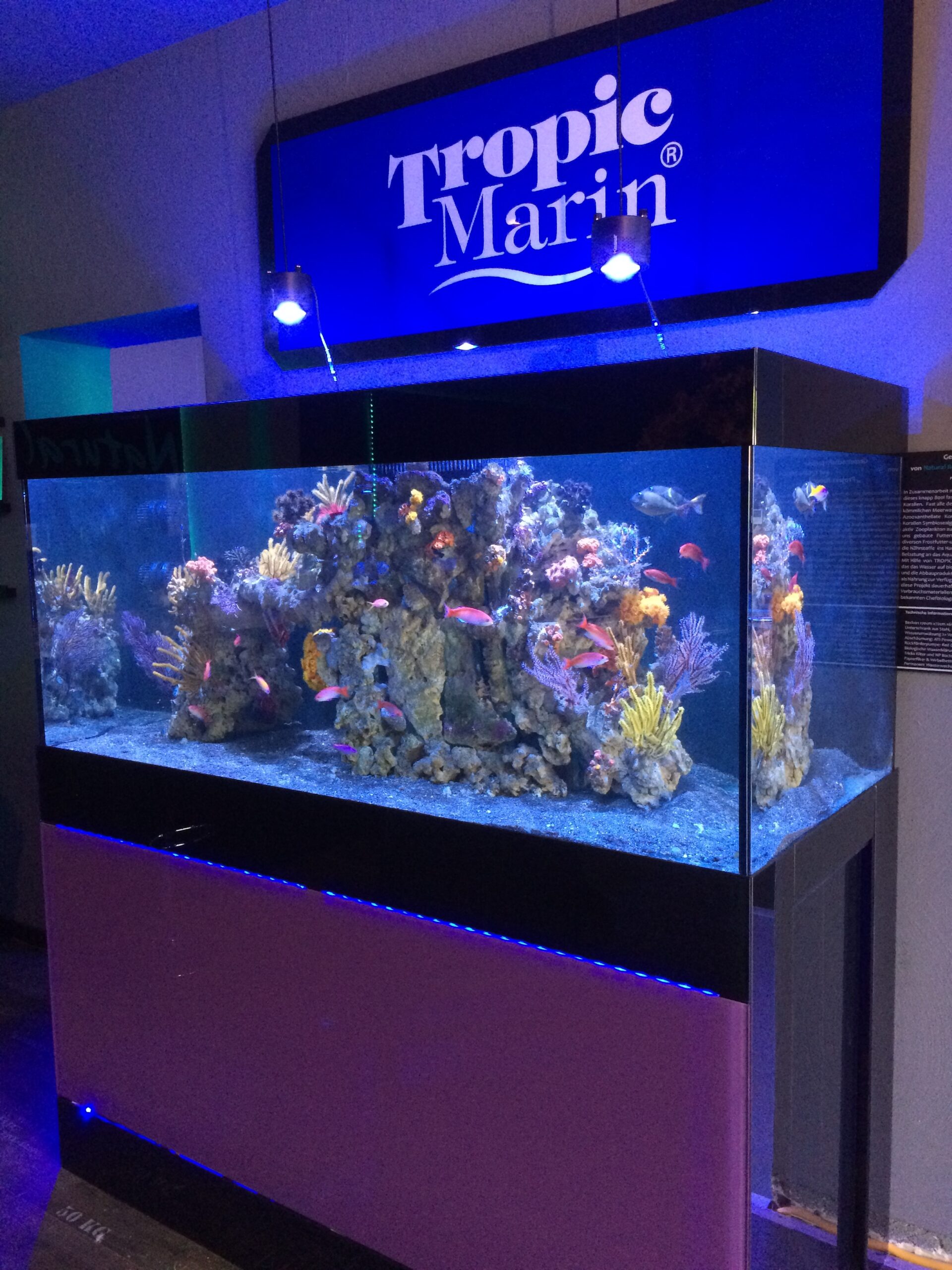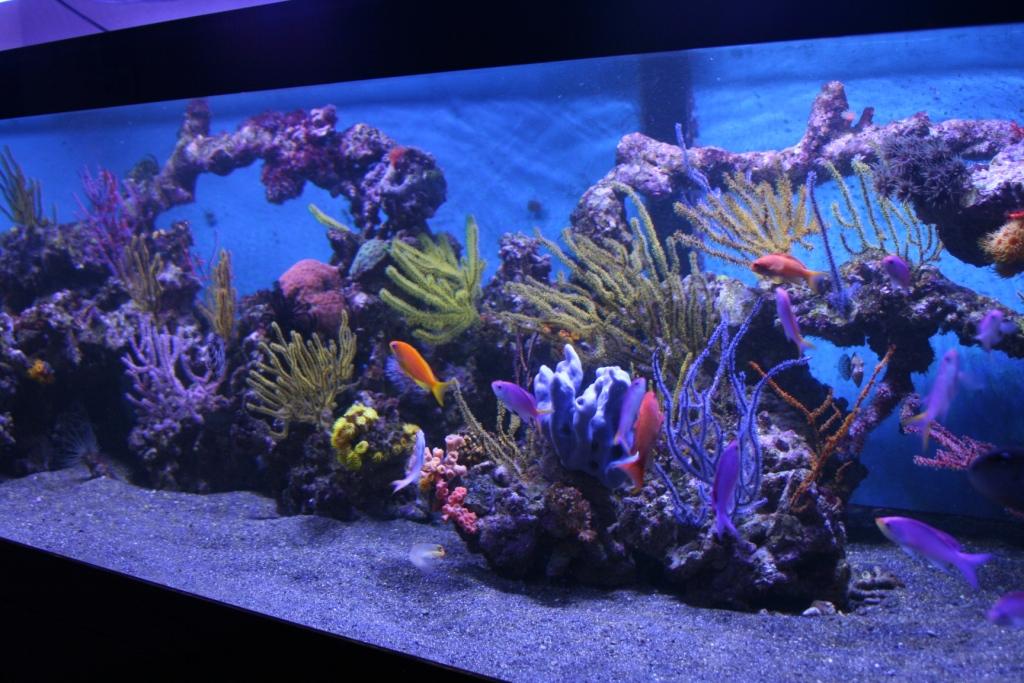You think keeping NPS corals is difficult now? Try doing it 11 years ago! Florian Gaudig speaks to NPS coral-keeping pioneer Boris Bielan.
While researching for my last article, I came across a ReefBuilders feature I had read years ago about Boris Bielan’s large NPS-Biotope aquarium. This write-up showcased his 800-gallon system and gave a glimpse into equipment, filtration, and feeding but left a lot to discuss.
There was so much about this aquarium I was curious about and wanted to ask Boris directly. After more than 11 years, I reached out to the non-photosynthetic coral pioneer, and to my delight, he agreed to take us on a deep dive through his system and share some of his secrets to success with azooxanthellate corals.
Read the original article here:
Please explain your beginnings in reefing. How did you learn about the hobby and how did you get started?
Boris: My father kept marine systems, so I was introduced to the hobby at an early age. I started with a “normal” mixed reef tank but quickly learned that I always needed a “challenge”. For a while, I kept spotted filefish in an Acropora-dominated tank but was always drawn to NPS during visits to my LFS. There was also a German “Azoo-Forum” for azooxanthellate-coral keepers that I frequented a lot.
Do you remember the size of your tank and total system volume? Who built that aquarium and when was it set up?
Boris: The aquarium measured 4.20 m x 1.10 m x 60 cm (13.8 ft x 3.6 ft x 2 ft) and was built in 2011. At that time, I had a company that specialized in manufacturing aquariums, so I built it myself. The tank had a volume of about 2800l (740 gallons), but it also had a 3 m (10 ft) sump, so the total system volume was much greater.
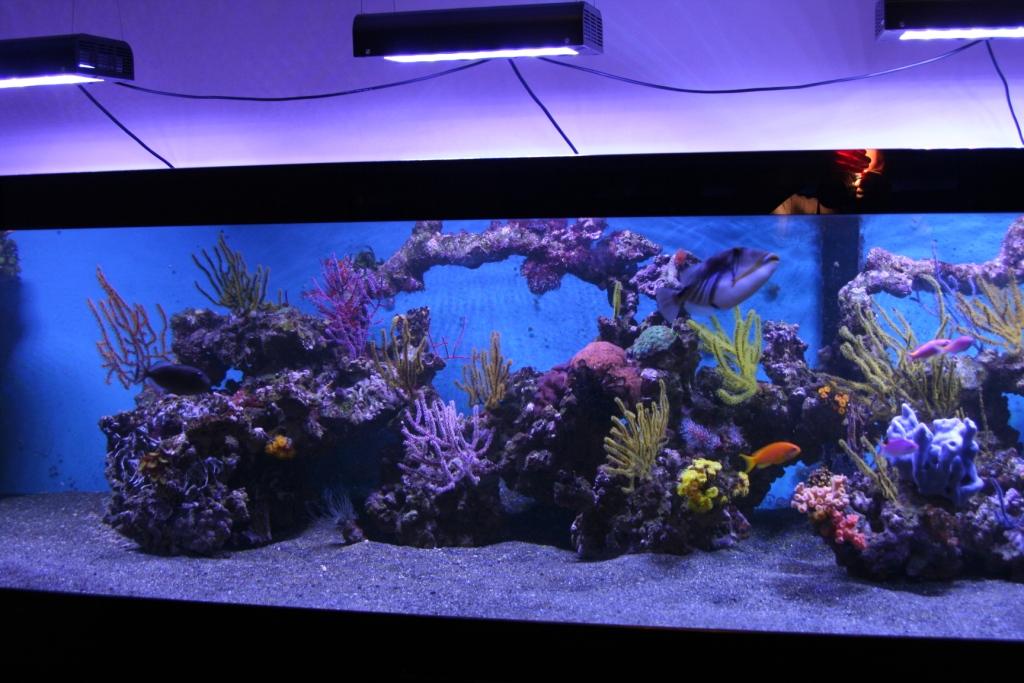
Can you give us some insights into the type of equipment and reefscape you used?
Boris: I scaped the tank using a mixture of fresh live-rock and dead base rock. Non-photosynthetic corals (NPS) don’t need much light, and too much light can harm them by promoting algae growth. For this project, four Pacific Sun Black Python lights set to a low intensity were used to illuminate the aquarium. A Tunze Masterstream adjusted to a low setting was used to achieve a broad, laminar flow necessary for NPS.
This aquarium didn’t have a heater, as the ambient temperature always kept the tank at around 22°C (71.6°F). I used the “heavy in – heavy out” method in terms of nutrient management so the sump was equipped with a roller fleece filter, a wet-dry trickle filter, and a few protein skimmers.
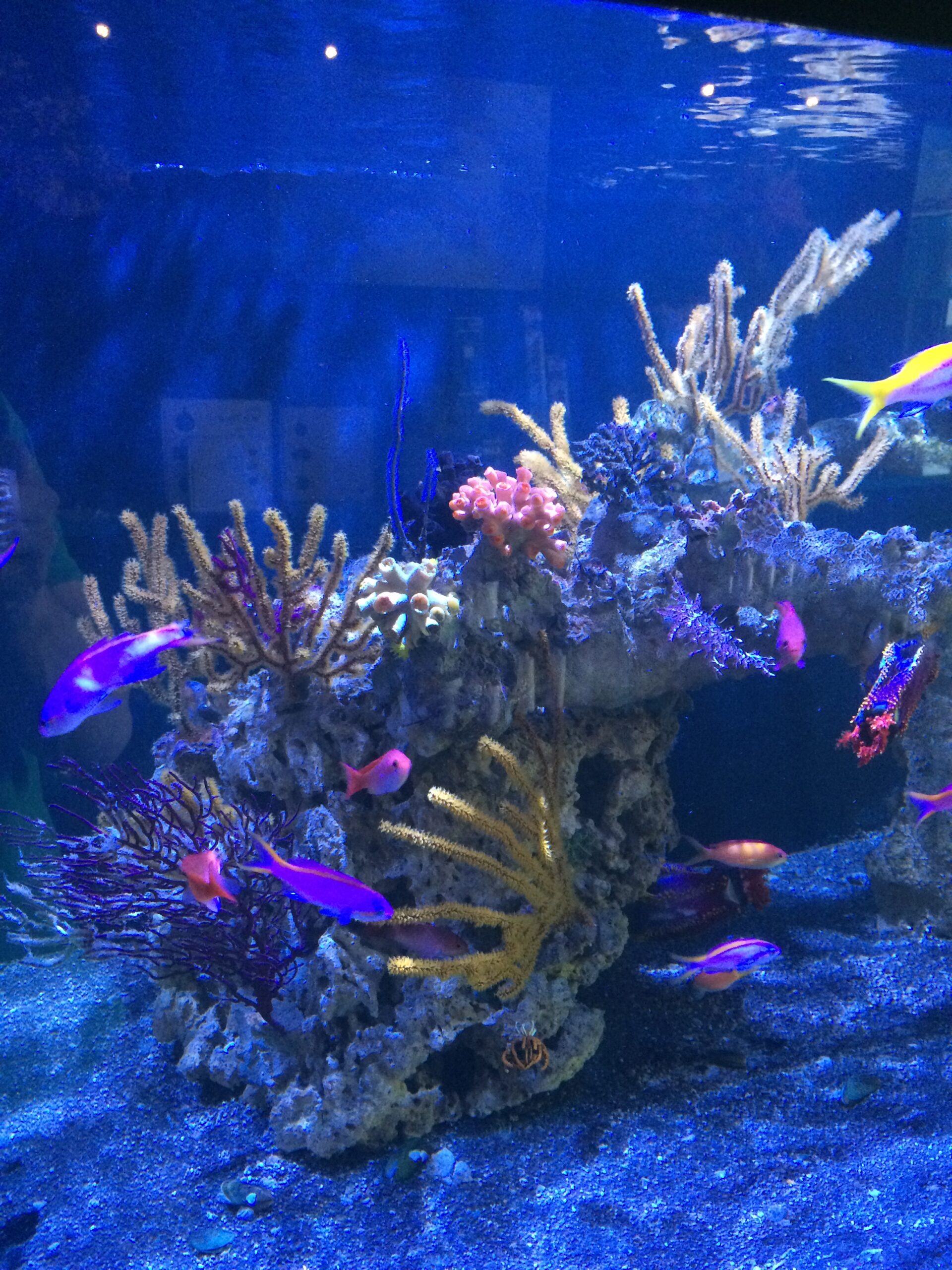
Why did you use multiple protein skimmers?
Boris: Using a few smaller skimmers has always performed better for me than using a singular, large device. I think it could be due to the diameter of the collection cone, making it more difficult for a larger skimmer to successfully form a stable foam head in a low-nutrient environment, which I tried to achieve.
Today, more and more azooxanthellate coral and invertebrate species are being kept successfully. What species were you keeping in your system, and which have been the most challenging?
Boris: Over the years, I have tried many different species. The easier-to-keep corals for me have been various Menella sp.; Swiftia sp.; Studeriotes longiramosa; Tubastraea and Cirrhipathes. Some even grew so well for me that I was able to propagate them. Sadly, I’ve never had any long-term success with Acalycigorgia, the “Blueberry Gorgonian” or Dendrophyllia ijimai.
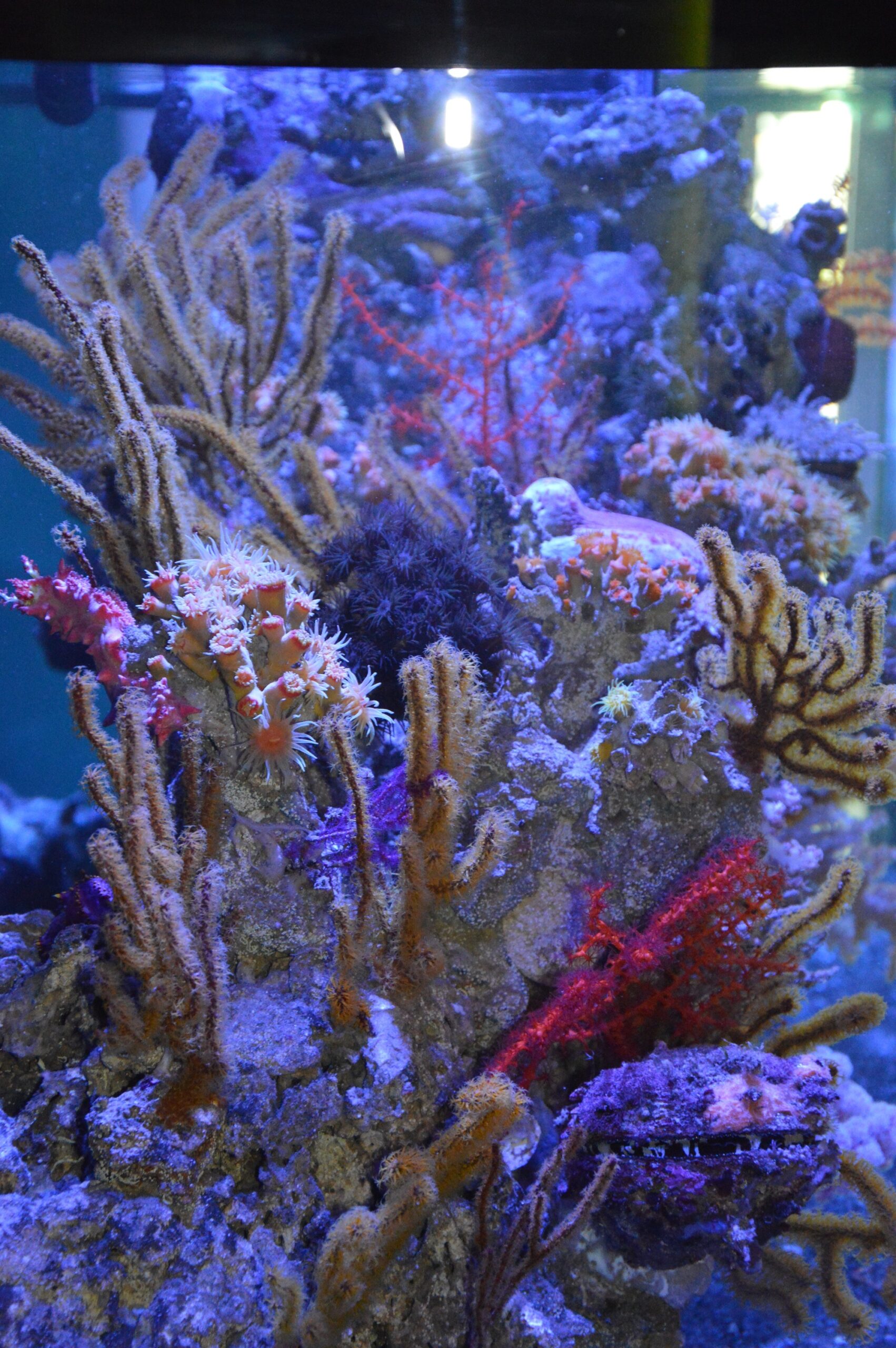
Something that did well in my aquarium was the temperate anemone Actinia equina. Although these guys come from a different habitat than the other animals, usually being found in tidepools, these non-photosynthetic anemones adapted well to my tank parameters and even multiplied.
Even though I had a lot of sponge growth in my systems, these sponges were introduced via live rock. I tried to establish different species of ornamental sponges like Stylissa sp. and Trikentrion flabelliforme (Australian spider sponge) without any luck.
I resorted to searching the live rock bins of my local reef shop for more cryptic sponge species, which worked well for me. The aquarium was also home to a variety of filter-feeding invertebrates such as feather stars, sea apples, filter-feeding sea cucumbers, and different oysters.
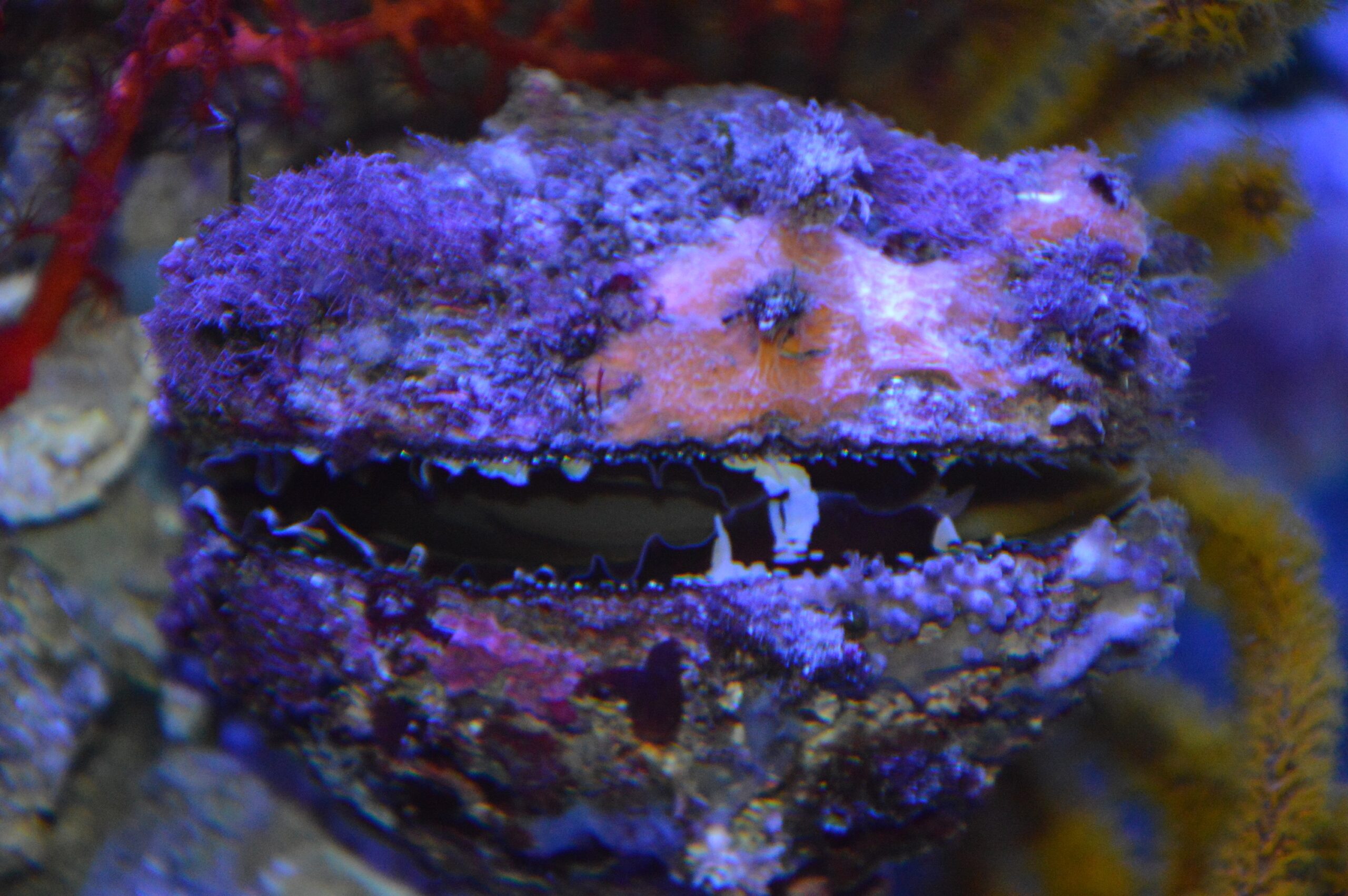
Can you give us some insight into your feeding regimen?
Boris: I used a plethora of different foods such as frozen lobster eggs, copepods, Artemia, and fish eggs mixed with some prepared foods from FaunaMarin. At that time, FaunaMarin was carrying a complete line of foods specially designed for filter-feeding corals and invertebrates, which worked well.
Every day, I prepared a concoction of these foods mixed with water and placed it in a mini fridge hooked up to an automatic dosing system, continuously providing nutrition to the tank throughout the day.
What was your water change schedule like?
Boris: A lot of food was going into this aquarium, so water changes were an important part of nutrient control. I was doing 400l (106 gallons) water changes every week. Every two to three months, I performed a big water change, replacing about one-third of the total tank volume over two to three days.
How long was this system set up for? Why did you break it down?
Boris: This setup ran for about 5-6 years. Unfortunately, a power outage while I was away for the weekend led to its decline. When I returned, almost all fish had died, and the corals and inverts were damaged. I tried to get the tank back on track for about one year but ultimately decided to tear it down.
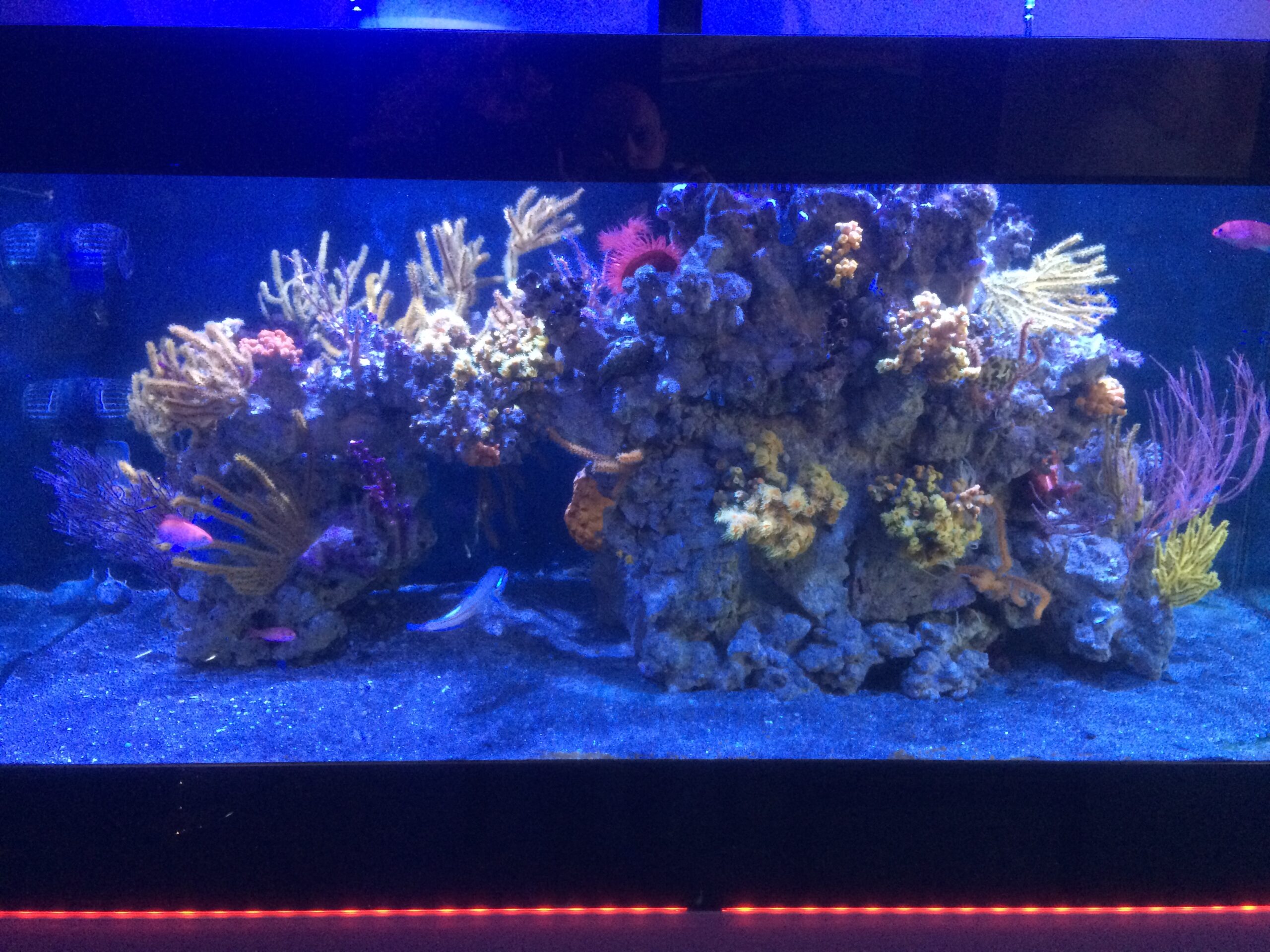
Was this the end of your reefing journey?
Boris: Not at all. After that, I opened a small reef shop. I even set up another NPS show tank in that store. This “smaller” system had a total system volume of about 900l (238 gallons), was a little more refined, and even featured an automatic continuous water change system. It ran for about three years.
I would like to thank Boris Bielan for his time and his contribution to the reefing hobby. Although Boris is no longer reef-keeping, his pioneering NPS systems continue to inspire many reefers.
Boris also generously provided some pictures from both of his systems for us to share with you. You can check out what he is currently up to on his Instagram @rooftop_frogs.
